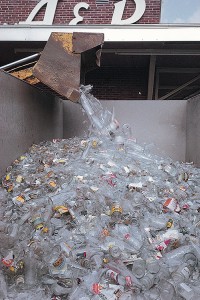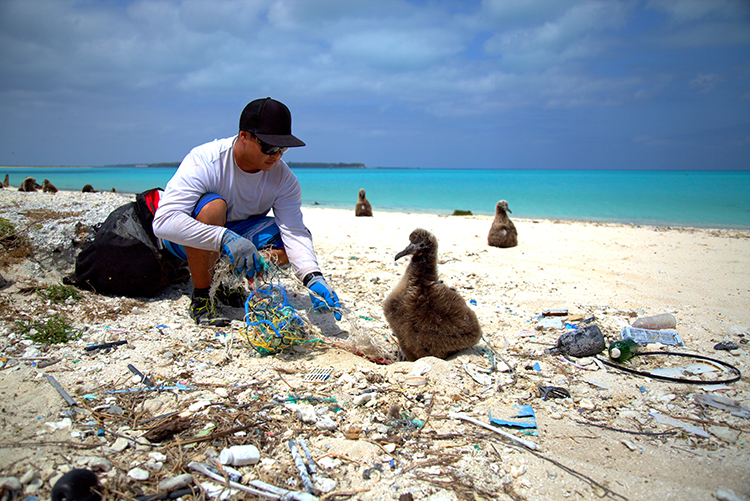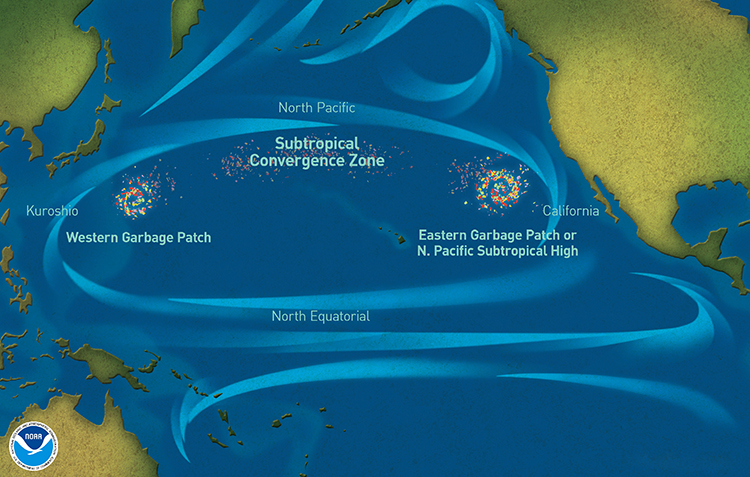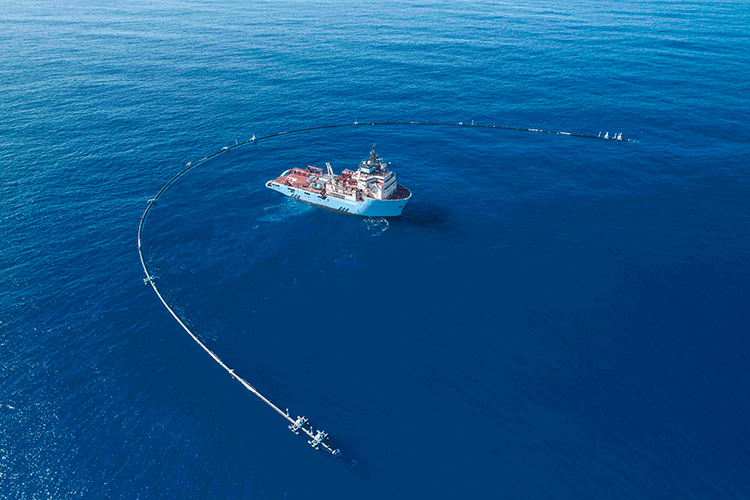National Recycling Day
Tuesday, November 15th, 2022
Used glass containers can be recycled to make new glass products. Manufacturers break up the used glass and then melt it with silica sand, limestone, and soda ash to make new glass.
Credit: © Donald S. Heintzelman, Photo Researchers
Today, November 15th, is National Recycling Day. It is a day dedicated to learning about and reinforcing efforts to recycle products and materials. Recycling is the collection, processing, remanufacture, and reuse of materials that otherwise would be thrown away. Commonly recycled wastes include aluminum and steel cans, glass containers, newspapers, and office paper. Many people recycle, but they do not know many of the rules and guidelines for how to recycle properly. Let’s sort it out!
Not all paper products, including used pizza boxes, cereal boxes, and coffee cups are recyclable. When paper products have food grease or liquids on them, they are not recyclable. Boxes like tissue boxes and cereal boxes that have a plastic coating on them are often not recyclable either.
Recycling a single ton (2,000 pounds) of paper can save 17 trees and a lot of water. That might feel like a great deal of paper, but think of how much paper we all use on a daily basis! Trees are essential for absorbing the carbon dioxide in the air, let’s keep as many of them standing and alive as we can. Recycling paper saves about 60 percent of the energy needed to make new paper. A handy trick is to always use both sides of paper and the entire page before tossing it into the recycling bin!
Aluminum cans are the most efficient recyclable items. Recycling aluminum saves nearly 95 percent of the energy used to make a can from scratch. Manufacturers use aluminum from recycled cans to make new cans and other products.
Recycling glass is not as effective as recycling paper and aluminum. Extremely high temperatures are needed to melt glass. The best method for getting the most out of glass is reusing the item. If you have a glass jar or bottle, use it as a vase to hold flowers or to store dry goods. Glass is made out of limestone, a nonrenewable resource, so let’s reuse our glass products before recycling them. When glass is recycled, manufacturers grind up waste glass and use it to make new glass containers and as a substitute for sand in concrete. Some plastic containers can be melted and molded into new plastic products.
Plastics are the trickiest material to recycle. Plastics do not decompose. They just break down into smaller and smaller pieces creating microplastics. While 1 to 5 trillion plastic bags are used each year, most recycling programs cannot take them. However, you can drop used plastic bags off at many stores for them to be recycled properly. Many plastic items have a recycle symbol on them. However, they also have a number showing what type of plastic used to make the product. Look up your local recycling guidelines to see which numbers they can accept. Throwing an un-recyclable plastic or other item in the recycling heap can contaminate an entire truckload of recyclable materials. Many companies have started making purses, shoes, and other reusable items out of recycled plastics.
Compostable plastics are not recyclable. They are made of renewable materials such as corn and cellulose. These materials are natural and biodegradable, meaning they break down in nature. These products should be sent to a composting facility not the recycling center!
Recycling creates jobs and keeps our landfills from filling too quickly. The more we recycle the less resources we need to source. Look up what is recyclable in your community today.






